The Best Plants for Your RV and How to Care for Them
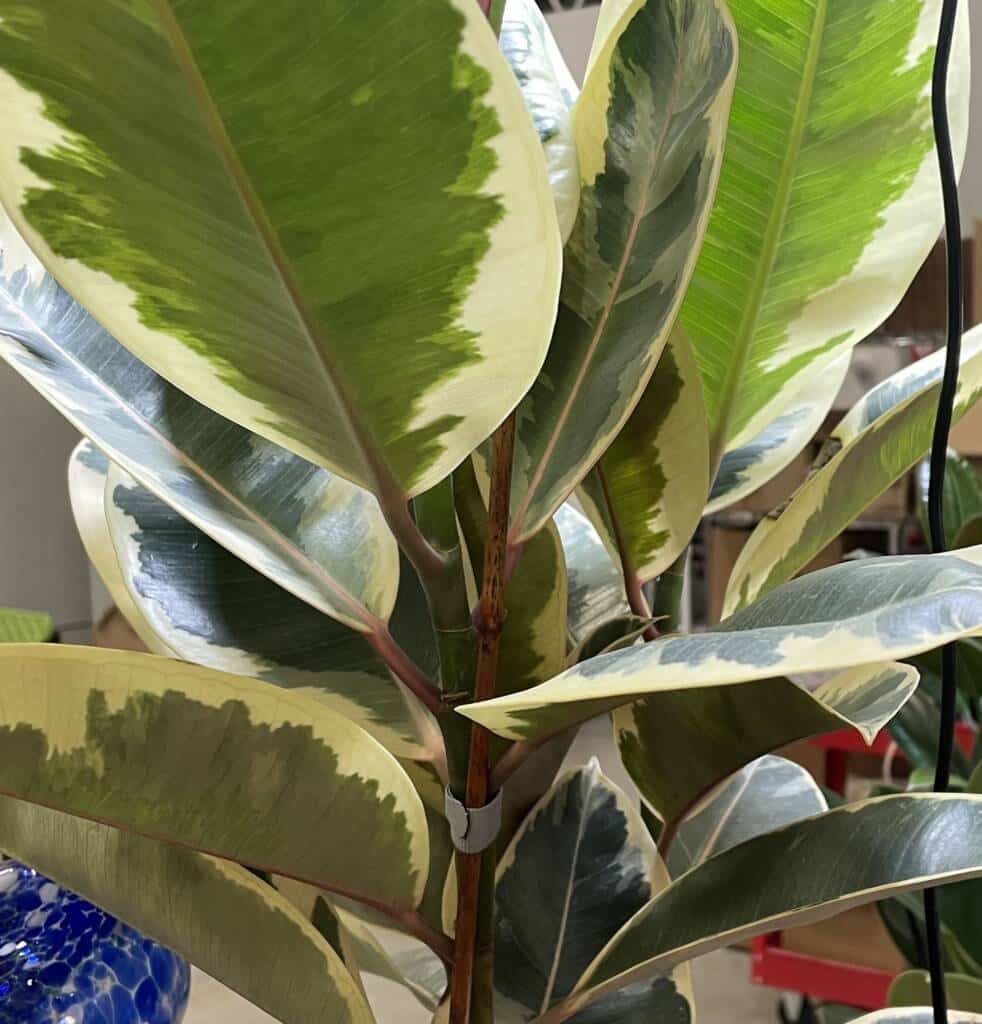
Over the past few years, keeping houseplants has become extremely popular. You can find plant “influencers” all over Instagram, YouTube, and other social media. Some trendy but rare plant varieties can sell for hundreds of dollars. There’s a lot of good reasons to keep plants – they make your living space more attractive and inviting, improve your air quality, and may even help improve your focus. You may think that it’s impractical to keep plants in your RV, given the limited space and lighting, and the fact that you’re likely moving frequently but it’s very possible! All plants have just a few basic requirements: light, soil, water, and fertilizer. If you choose the right plants and plan well, you can easily keep plants in any size camper.
A few things you should always keep in mind is that if you’re travelling with children or pets, you should avoid plants that are toxic (Note that not all of the plants on the “toxic” list are deadly – some cause stomach upset, so can still be kept with pets that don’t eat them.) Lilies in particular are extremely toxic to cats – even a small amount of the pollen can be deadly to them, so it’s best to avoid them entirely if you have cats. If you’re travelling internationally, be sure to check the rules for crossing the border with your plants. Also keep in mind that many plant species are considered invasive in many areas, so use caution if you bring them outdoors.
Getting your plants adequate light may be your biggest challenge. A lot of plants are labeled as being “low light” plants, but the fact is that they’re merely tolerant of these conditions and will thrive with higher light levels. Your snake plant will grow faster, your pothos or philodendron will put out more leaves and have better coloration with more access to light. Many RVs don’t have a lot of natural light, and you may keep the curtains closed or cover them with Reflectix for insulation purposes. This is actually not a problem at all since grow lights are easily available and very affordable. You could switch out your regular light bulbs for ones designed for plant growth or get lamps and direct them at your plants or get LED lights. Depending on where you’re putting your plants, you can get clip-on, stand, or strip lights. These use very little electricity and many plug in with a USB cord and have built-in timers. They do tend to have a fairly weak output, so you should put them quite close to your plants.
There are certain plants that will be easier than others to keep in your camper.
List of Best Plants to Grow in Your RV
Plants To Avoid Keeping In Your Camper
So, you’ve chosen some plants, now where do you put them? You have more options than you probably realize. Aside from placing pots on tables and countertops, you can hang them from hooks or use a tension rod (like a shower curtain rod) placed across a smaller slide out, attach a flat-sided pot to a wall using a Command adhesive. One neat display I’ve seen quite a bit is a shelf with holes drilled in it that pots sit in about halfway. If you attach one of these to a counter so it doesn’t move, your plants will also be secure for when you move. Choose plastic or other lightweight pots with drainage holes and be sure to read up on the proper potting mix for your particular plant.
I suggest bringing your plants to the sink or shower for watering. The reason for this is to keep your RV cleaner – the correct way to water your plants is to pour water over the soil until it begins to come out the drainage holes in the bottom – much easier done in the sink than to empty lots of saucers! After you let them drain for a bit, move put them back in their spots.
When it’s time to hit the road, how do you travel with your plants? If they’re hanging or loose on countertops or tables, you’ll obviously want to secure them. Placing them in a sink with some towels around them to keep them from rattling against each other is one idea. You could also do this with your shower if you have a lot of plants. This may be a good option for longer trips, as the skylight will allow them to get the light they need. Always keep the temperature in mind – some plants are very sensitive to slight variations in temperatures and may drop leaves or flowers.
Hopefully this post has given you a good idea how to add some greenery to your home on wheels. Let us know in the comments if you have any tips of your own or questions!

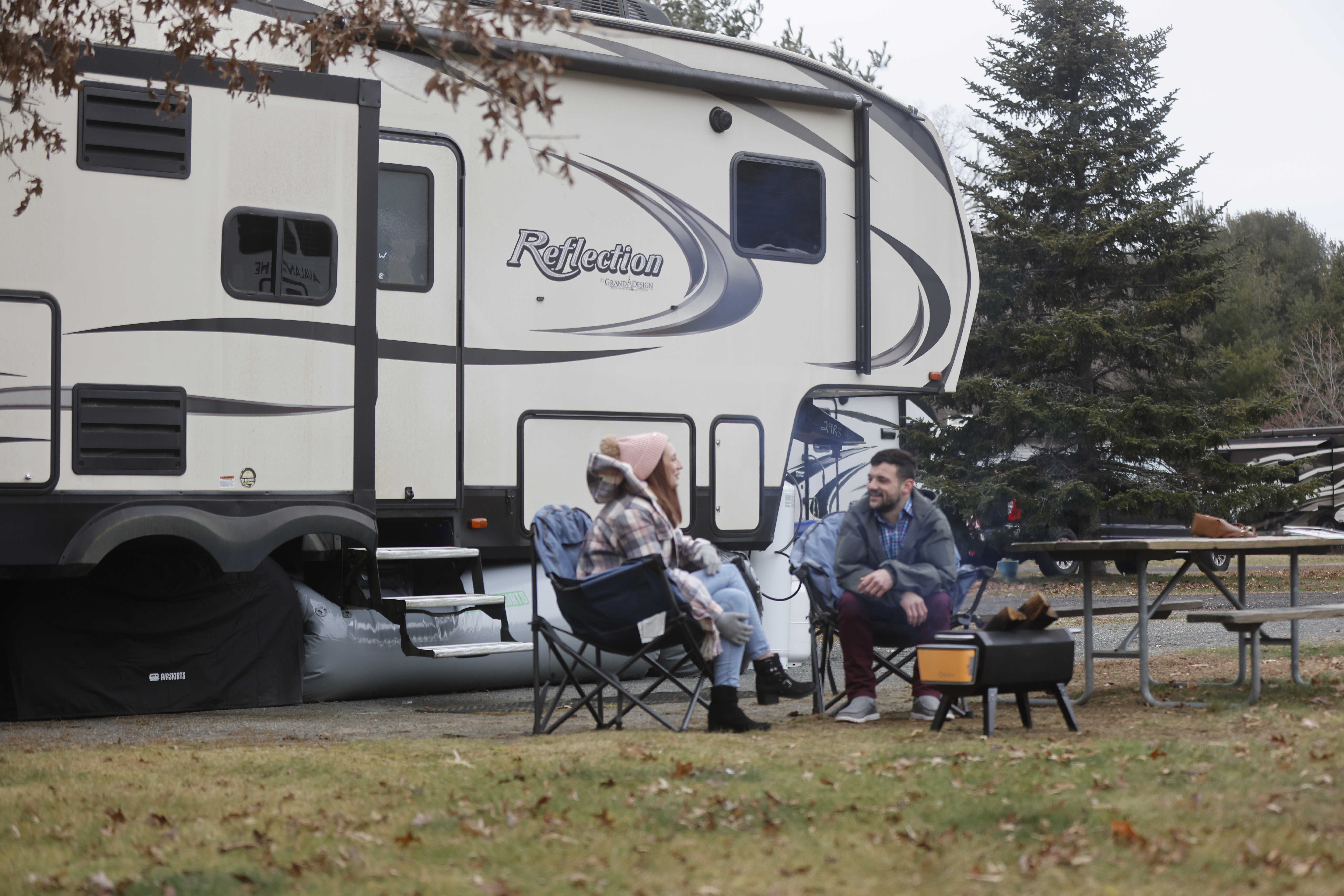
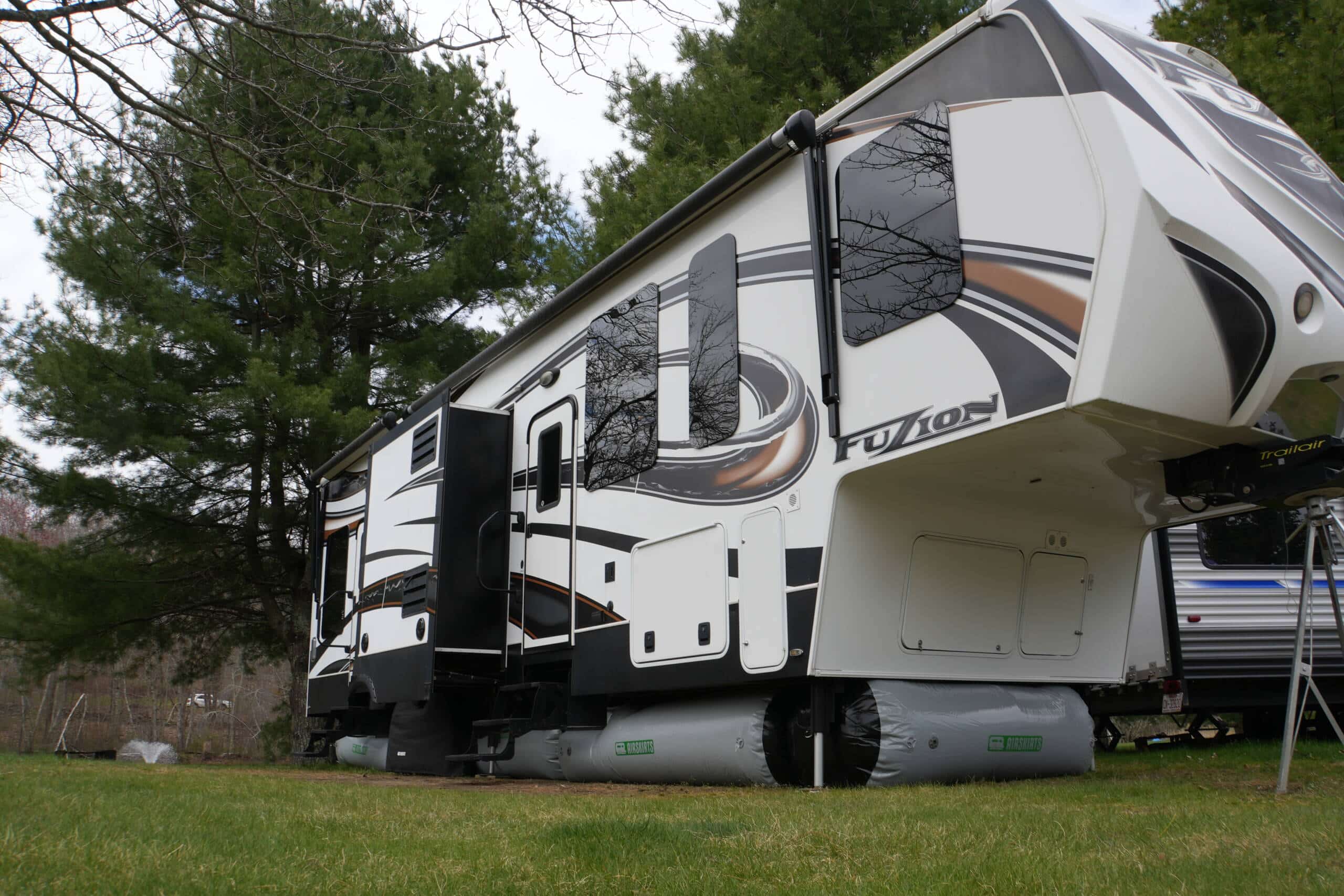
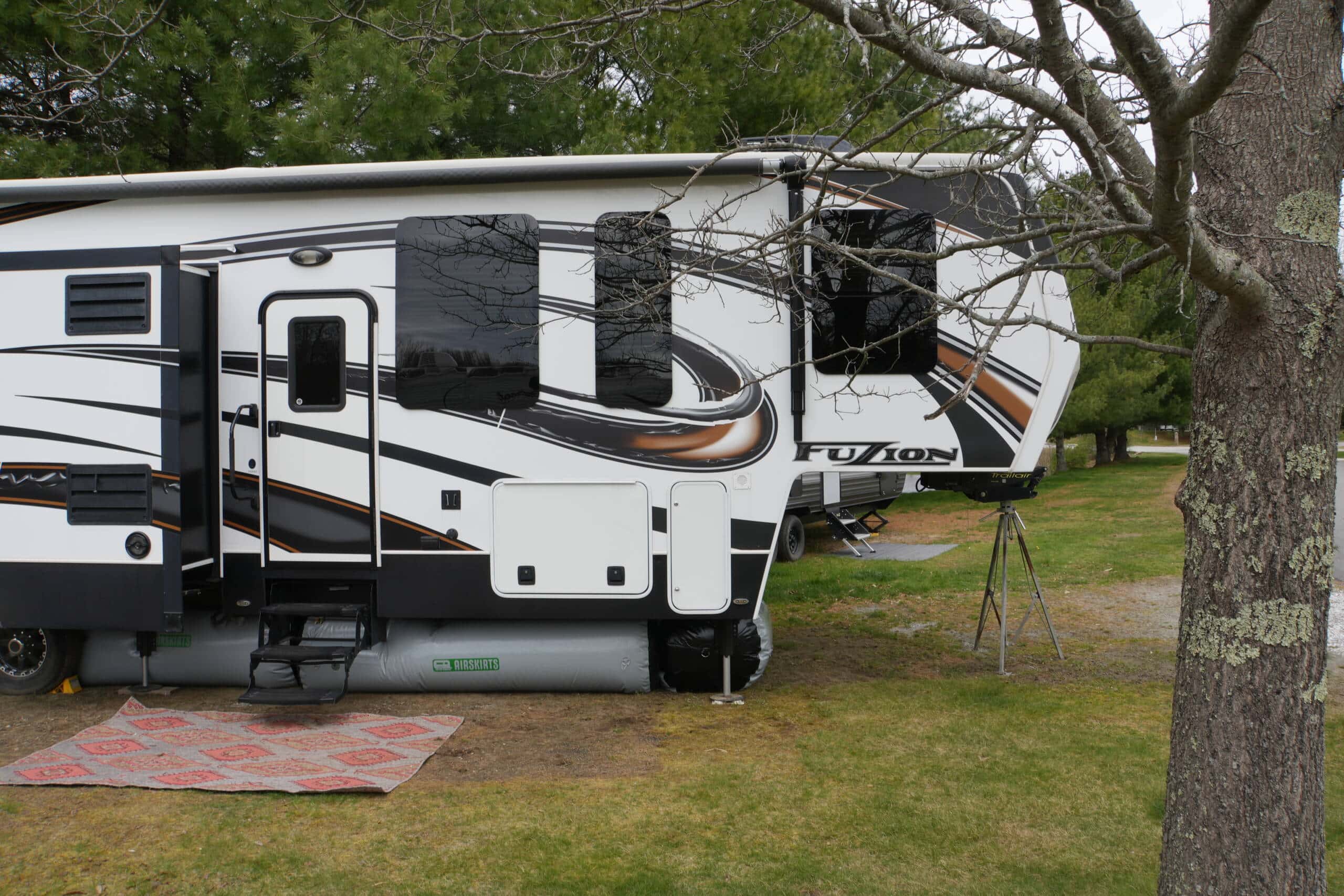
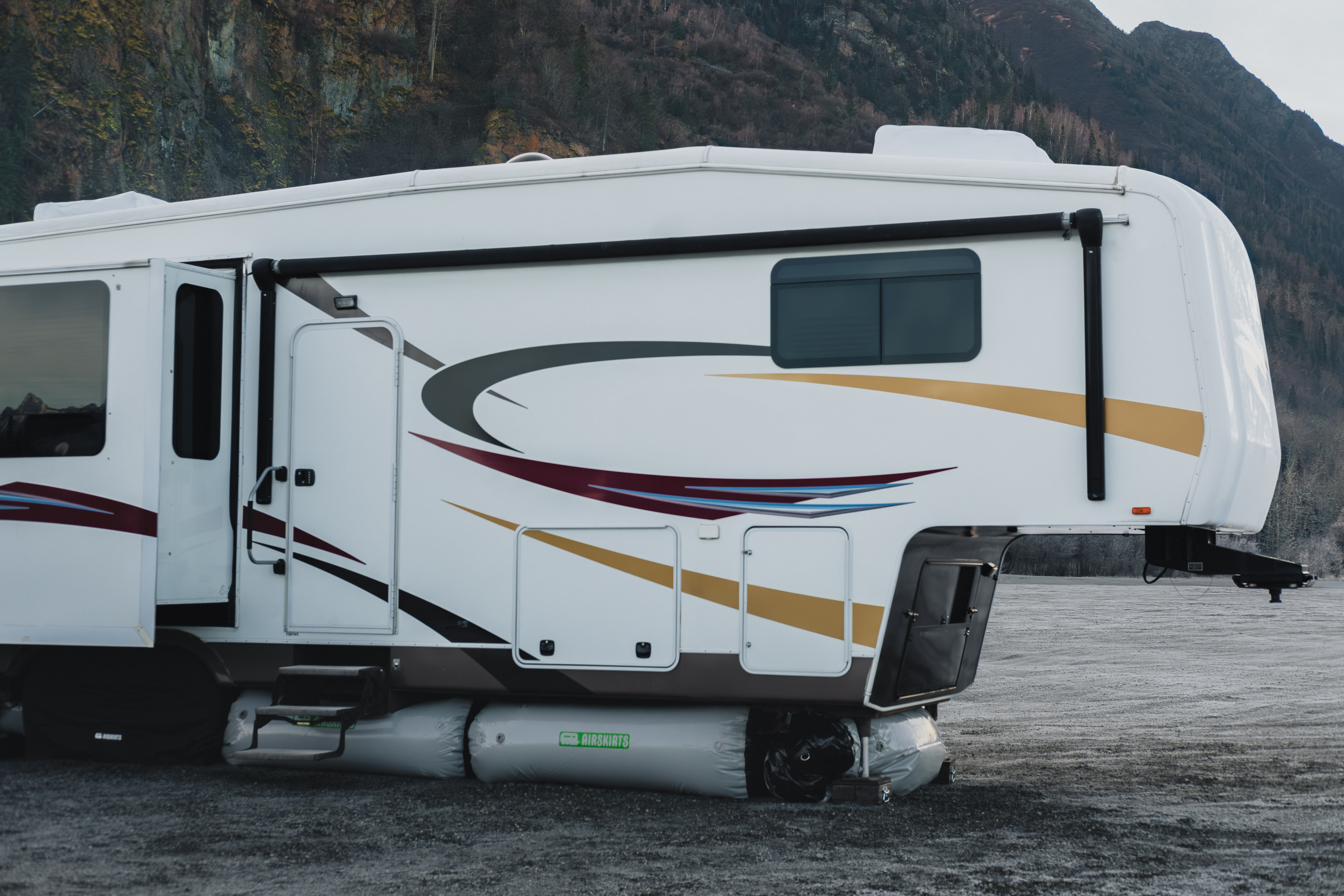
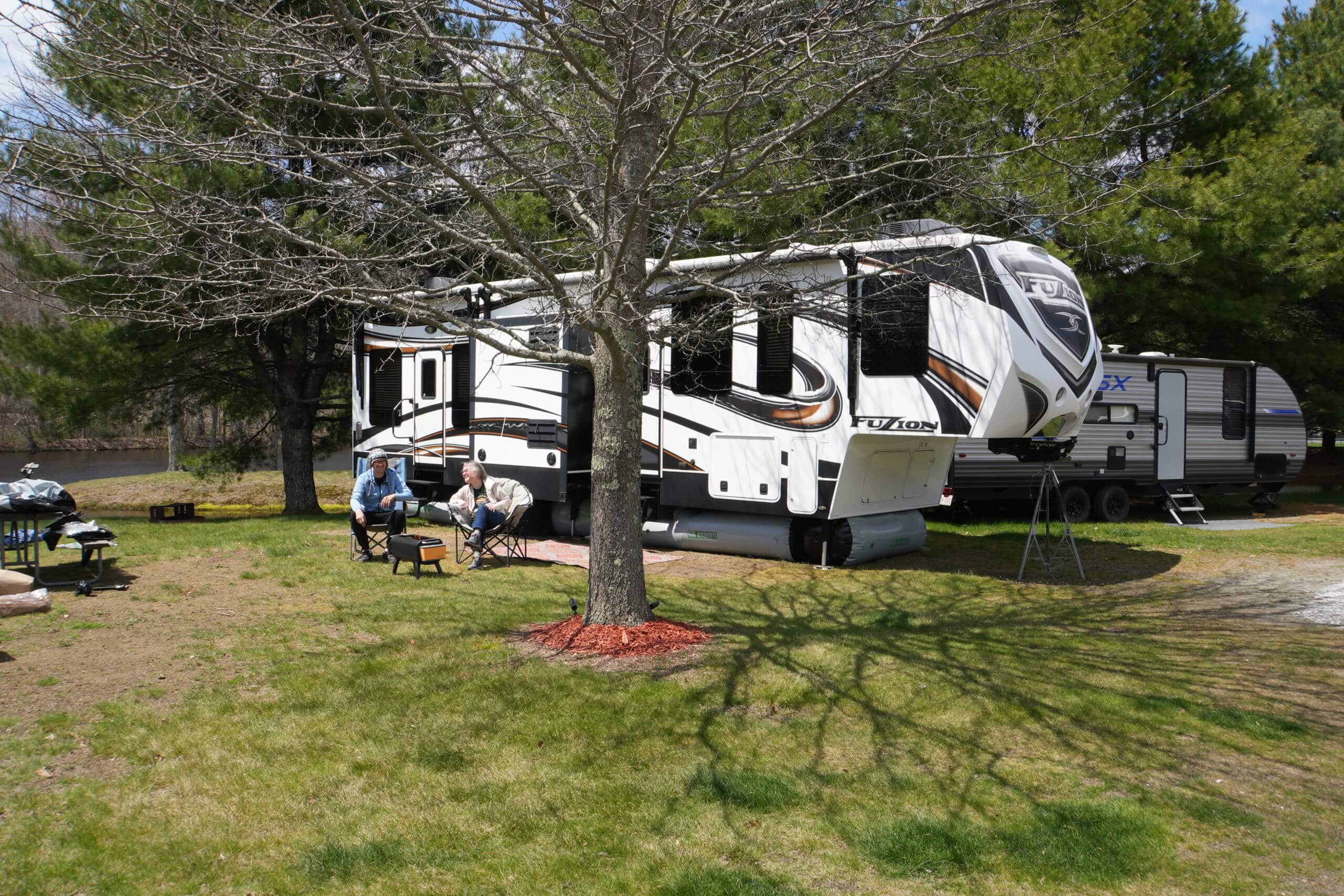

Leave A Comment